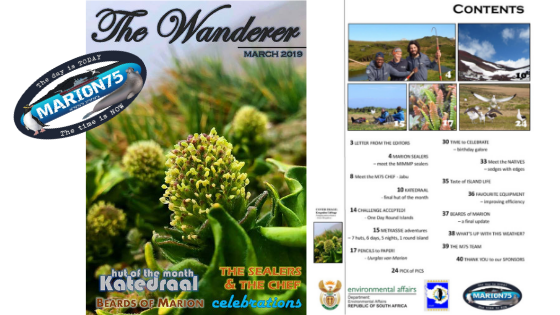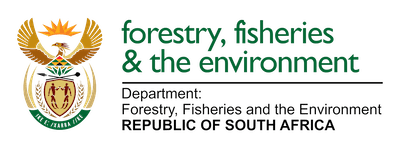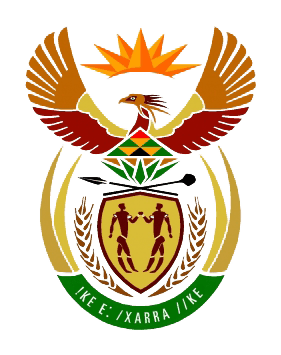
by Fishgate@sanap | Apr 16, 2019 | Research, Science, Southern Ocean, sub-Antarctic
Our Wave Gliders have arrived back from the Southern Ocean. Last Friday 5th April we picked up our second carbon Waveglider WG027 a few tens of metres from the breakwater in Granger Bay at the end of an exciting but problem free transit of 1500km from the Sub-Antarctic Zone (43oS 8oE)(Video). Its twin WG052 had completed its even longer transit of 2800km from the Polar Upwelling Zone (54oS OoE) 9 days earlier. Both units arrived in excellent shape in what was a first for us, bringing our gliders home with a ship pick-up. Both gliders completed 4-month long missions of which 10 weeks were sampling at their respective locations and 6 weeks transiting back to Cape Town.
VIDEO: WG052 waiting to be picked up off Granger Bay in a cold misty morning in Cape Town a couple of weeks ago after its 2800km epic from 54oS.
https://www.facebook.com/AntarcticLegacySA/videos/322703648445517/
Bringing the gliders home under their own means opens the door towards the direction of reducing the dependency on ships and reduces the long-term costs of long-term observations. It is a significant technical challenge for the robots and the engineers. The biggest problems we encountered, apart from the vicious storms, were the very strong mesoscale jets west of the Agulhas retroflection area. Jets with flow speeds of over 2kn posed navigation challenges for the pilots but we also learned much from the experience and despite a few necessary deviations (Figure 1a,b) that probably added a week to the transit we got them home in really good shape (Figure 2).
The decision to bring them home was shaped by two main considerations: firstly, we wanted to avoid the expensive physical damage to the gliders that often happens with ship recovery, especially under the typically rough conditions in the Southern Ocean. As it turned out we made the right call especially for WG052 which would have been all but impossible to retrieve such were the conditions. Secondly, we wanted to evaluate if wave gliders can be combined to address mesoscale differences in the response of the ocean to synoptic scale atmospheric forcing.
As mentioned in earlier posts each of these gliders was paired with a buoyancy glider over the entire period of deployment at their respective long-term observational sites in the SAZ and the PUZ as part of two NRF-funded SOCCO SOSCEX-Storm projects. This pairing enabled us to simultaneously observe the air-sea fluxes of CO and the ocean physics dynamics that influence them in the upper 1000m of the ocean. This is necessary because it is not clear how important these ocean dynamics are in predicting the climate sensitivity of the carbon cycle in the Southern Ocean. This learning will be used to improve the Earth System Models used to predict regional and global climate change, particularly the South African CSIR-VrESM model being developed as a collaboration between SOCCO, Global Change Institute-Wits University and the MaRe Institute at UCT.
All the instruments were fully operational over the entire time and the initial look at the data suggests that we have excellent accuracy and precision. This was the first operational test for our newly developed VeGAS pCO2 units on both gliders and we will do a deep dive into the data later this week.
This science work would not have been possible without the expertise and dedication of our engineering partners at Sea Technology Services who run SA-RobOTIC and their student engineers.
– Dr. Pedro M. Scheel Monteiro & SOCCO & SA-RobOTIC team, 08 April 2019 (posted 16 April 2019)

by Fishgate@sanap | Apr 16, 2019 | Announcement, Marion75, News
Greetings from the M75 team to all our friends and families!

Where have the days gone?! March, our last full month alone on Marion, has flown by! For many of the field assistants, the work has slowed down substantially as the final tasks are being ticked off. For others, there is still quite a lot that needs to be squeezed into these final days. And, on the other hand, there are some (including the sealers) whose work has continued uninterrupted as is the case with base personnel who need to keep the ball rolling until we’ve boarded the ship home.
In between our duties however, the big clean-up has begun. All the huts have been tackled by the field assistants and back at base everyone is pitching in to make sure that everything is ready for take-over. Apart from the general base skivvy, we have all been busy packing up our own rooms too; as the total population of Marion explodes from 24 to over a hundred (with all the scientists and maintenance crew), we will soon be bunking with each other and the new M76 team while they find their feet.
Outside, island life goes on, oblivious to our bustling preparations. The wandering albatross which dot the landscape continue with their inredible life cycle and the fur-seal pups are venturing further and further from comfort as they grow at a rate. The winter leaves sap in the fading sunlight and the mountains are beginning to try on their winter coats.
We are sad to announce that this edition of The Wanderer (March 2019) will in all likelihood be our last. The next few weeks are undoubtedly going to be very chaotic and there will be little time to spare before we board the S.A. Agulhas II to go home. It has been a massive privilege to bring you these insights to our fantastic adventure in this paradise! We hope that you’ve enjoyed them as we have and that these newsletters can become part of M75’s legacy and serve to inspire future expeditions and explorers!
Authors: Elsa van Ginkel (Editor) and James Burns (Co-Editor), 75th Marion Island Overwintering Team, 16 April 2019 (received 13 April 2019)
Click here to view all the Marion Island newsletters available on the Antarctic Legacy of South Africa Archive.

by Fishgate@sanap | Apr 12, 2019 | News
Meet the Marion Island Overwintering team here.
See below some photos of the departure, more detail regarding the take-over to follow.
Videos
Meet the M76 Team Leader
https://www.facebook.com/AntarcticLegacySA/videos/vl.672218773213196/266214177591900/?type=1
Meet the M76 Deputy Team Leader
https://www.facebook.com/AntarcticLegacySA/videos/2336099149952432/
Meet the M76 Science Team Leader
https://www.facebook.com/AntarcticLegacySA/videos/342967963233207/
All photos and videos taken by Ria Olivier, Antarctic Legacy of South Africa.
Anché Louw, Antarctic Legacy of South Africa, 12 April 2019

by Fishgate@sanap | Apr 5, 2019 | Antarctica, News, Newsletters, Team Photo
Download the first newsletter of the 58th SANAE Overwintering team!
In this Edition:
– Meet the team
– They have a Motto!!
– See who sponsored the team with some extra (nice to have items) for their expedition.
Click here to download The Edurance (SANAE IV Newsletter), March 2019 Edition.

Anché Louw, Antarctic Legacy of South Africa, 05 April 2019

by Fishgate@sanap | Mar 31, 2019 | Announcement, Antarctica, Important Dates, News, Research, Science

SCAR Event Announcement
XIII International Symposium on Antarctic Earth Sciences
The abstract submission deadline for the XIII International Symposium on Antarctic Earth Sciences has been extended to 21 April 2019.
Please go to the event website (click here) for more information.











